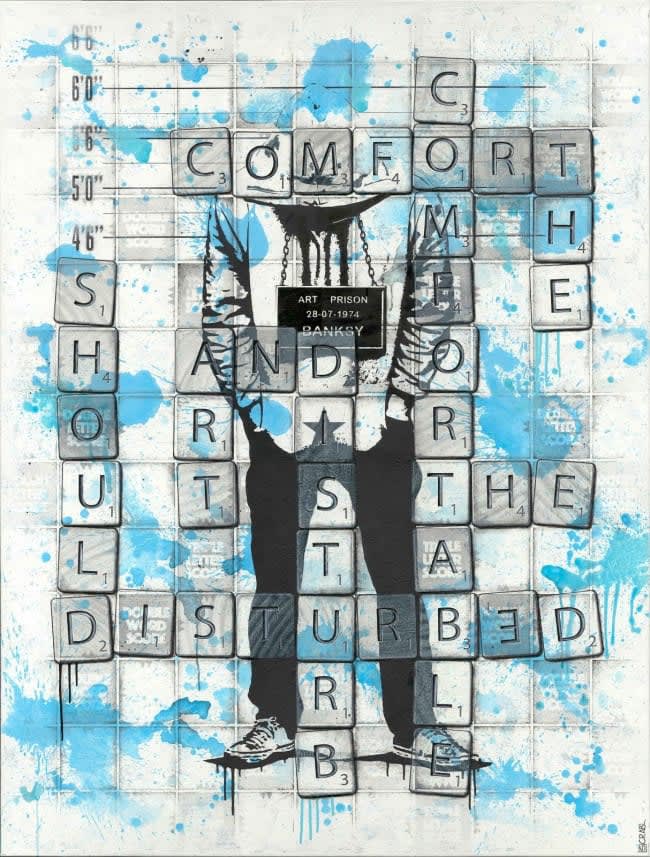
City walls have long been a welcome surface for political appeals and the messages of social movements. Street art can serve as a powerful language for the unheard, a kind of visual activism that can’t be contained by galleries or censored by institutions. Across the globe, street art activism has been used to challenge authority, confront injustice, and demand visibility for marginalized voices.
From the politically charged graffiti of 1970s New York to the uprising-inspired works that emerged during the Arab Spring, art in public spaces has acted as a barometer for social unrest and collective imagination. When conventional modes of political expression are restricted, blocked or distrusted, walls become megaphones. Take, for example, the explosion of protest murals in 2020 following the murder of George Floyd. Artists took to the streets, turning plywood boards and city walls into sites of mourning, protest, and solidarity, expressing tributes and voicing demands.
Activist Street Art: Graffiti and Politics
Historically, graffiti and politics have gone hand in hand. In authoritarian regimes, graffiti has often been one of the only outlets for dissent. In Chile during the Pinochet dictatorship, for instance, coded street symbols became tools of resistance. In apartheid-era South Africa, graffiti marked defiance in the face of brutal segregation. What connects these movements is urgency: when lives and freedoms are on the line, art becomes a necessity, not a luxury. Yet activist street art isn’t only reactionary but also visionary. It doesn’t just critique the present but proposes possible futures. Many works of street art imagine alternative worlds.

As street art gains popularity and is increasingly absorbed into commercial and institutional contexts, what once emerged organically from the margins might now be curated, commodified, and co-opted. This isn’t necessarily a bad thing, but it raises questions about authenticity, access, and authorship. Still, the most resonant examples of art as social commentary continue to push back. They refuse to be flattened or neutralized. Banksy’s anonymous interventions, Blu’s monumental murals in Italy, or Tatyana Fazlalizadeh’s “Stop Telling Women to Smile” campaign in the U.S. – these projects provoke and interrupt. They remind us that the streets are not neutral but shaped by power dynamics; and they can be reshaped.
In some ways, street art is the people’s archive. It records what official histories omit. It holds memory in brick and spray paint. And it doesn’t wait for permission. This is the beauty of political expression on the street: it’s raw and immediate.
Street art reminds us that art can (and should) be alive in the places we live, not just confined to the spaces we visit. Inspired by this unique energy, artist Hayden Bone has developed a series of pop artworks that feature a street aesthetic.
